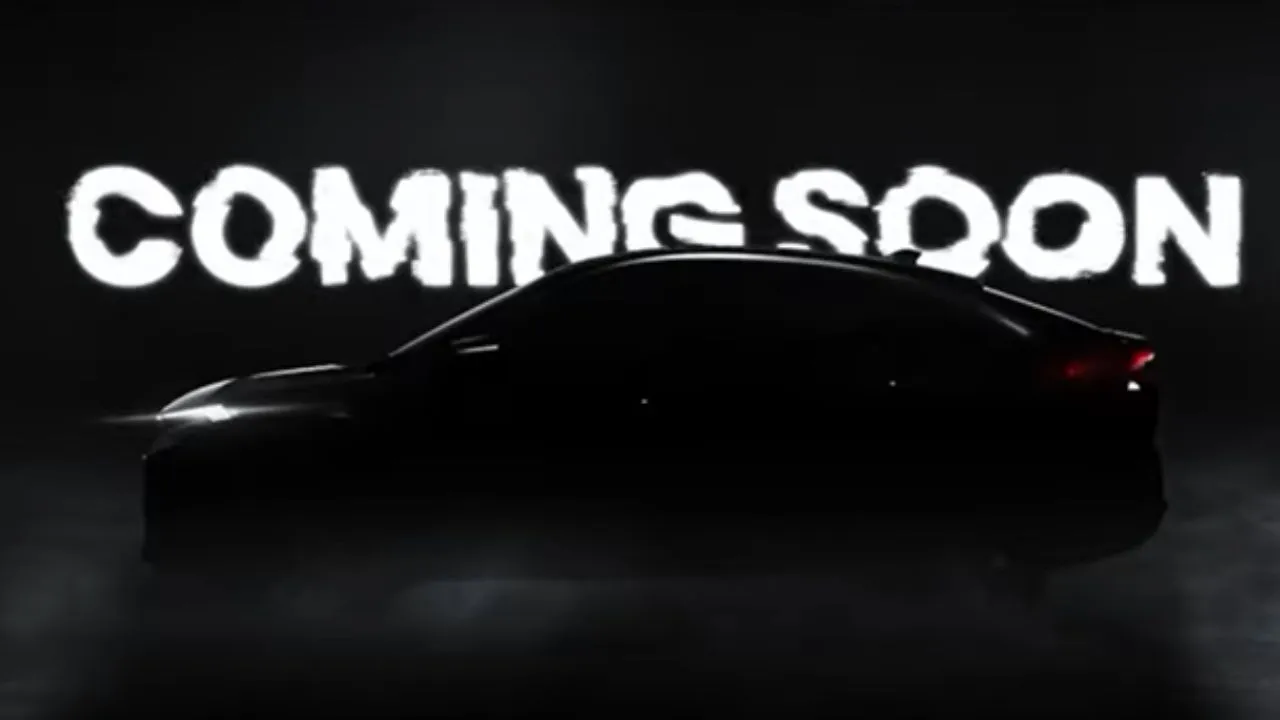Tata Safari, Harrier SUVs Receive 5-Star Rating in Inaugural Bharat-NCAP Evaluation
The recently launched Tata Harrier and Safari successfully achieved the distinction of being the inaugural vehicles to receive a five-star rating in the newly introduced Bharat NCAP crash test programme.

"Tata Motors announces a historic achievement as the Harrier and Safari facelifts secure five-star ratings in Bharat NCAP crash tests, making them the first models to achieve a perfect score for both adult and child occupant protection in India's new car assessment program. Going forward, BNCAP will become the go-to method for domestic safety performance evaluations, leading more manufacturers to test their new vehicles and providing assessments that are up to par with international norms."
The Harrier and Safari, two well-known SUVs in India, have achieved excellent safety ratings. Considering that the evaluations were conducted as part of the newly established Bharat NCAP vehicle crash testing programme, the importance of this achievement is magnified. Notably, these SUVs are constructed on the robust D8 platform, a creation of Tata Motors' subsidiary JLR, also deployed in globally acclaimed products such as the Land Rover Range Rover Evoque, Land Rover Discovery Sport, and Jaguar E-Pace.
Also Read: 2023 Tata Safari Review: More than Just an Iconic Nameplate?
Nitin Gadkari, Union Minister for Road Transport and Highways said: “Bharat-NCAP is India’s independent, atmanirbhar voice on vehicle safety. It is benchmarked to the best-in-class global standards and the Bharat-NCAP vehicle rating system is designed to advance road safety and vehicle safety standards beyond mandatory regulations. I’m delighted that the first ever vehicles being certified today with the highest achievable 5-star rating, are both from Tata Motors. I congratulate them on the award of this coveted certification with the highest possible ratings and for continuing to enrich their legacy of introducing the safest vehicles on Indian roads.”

Shailesh Chandra, MD, Tata Motors Passenger Vehicles Ltd and Tata Passenger Electric Mobility Ltd., said: “Bharat-NCAP is a significant step forward as it provides customers with a credible, objective score to evaluate the safety aspects of various vehicles. Informed customers taking optimal decisions will further foster the rising preference for safer vehicles in the country. We acknowledge and appreciate the collaborative efforts of the government, regulatory bodies, and the automotive industry in this pursuit. At Tata Motors, safety is at the core of our DNA and we are honoured to win this maiden Bharat-NCAP certification with an exemplary 5-star rating for two of our vehicles. We remain committed and will continue to work towards improving vehicle safety holistically.”
Tata Harrier and Safari: Safety Equipment
Notably, Global NCAP has awarded the new Tata Harrier and Safari a five-star rating, highlighting their dedication to top-tier safety. To get the highest ratings, vehicles must pass stringent frontal and side impact protection tests according to the most recent Global NCAP crash test standards. These tests include mandatory evaluations of Electronic Stability Control (ESC), pedestrian protection, and side impact pole protection.
Both SUVs demonstrate Tata's commitment to comprehensive safety measures with important features like seven airbags (six standard), electronic stability control, 3-point seatbelts in every row, seatbelt reminders for every passenger, ISOFIX tethers, and seatbelts with retractors.
Also Read: Pre-Facelift Tata Safari, Harrier Get Discounts of up to Rs 1.40 Lakh in December
About Bharat NCAP
As part of its volunteer programme, the Bharat NCAP tests the base version of every vehicle type. This new programme assesses Adult Occupant Protection (AOP) and Child Occupant Protection (COP) for cars up to 3,500 kg. Car companies can pick crash testing from NCAP organisations. A previous government paper suggested a 12-point crash-test grade. Cars need enhanced emergency braking systems, six airbags, ESC, and three-point seatbelts for all passengers to get higher safety ratings.
Indian cars must have speed alert systems, rear parking assistance, dual front airbags, ABS with EBD, and front seatbelt reminders. Five-star safety requires six basic airbags and three-point seatbelts for each passenger. The addition of modern driver-aid technologies may also boost safety ratings.







Write your Comment on